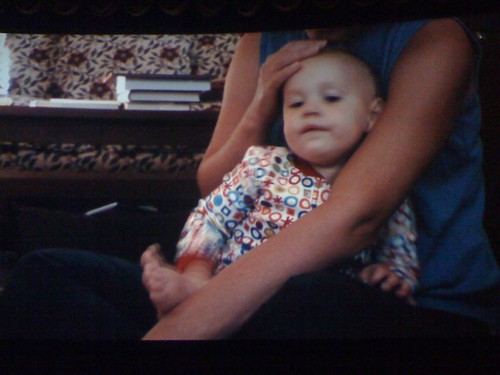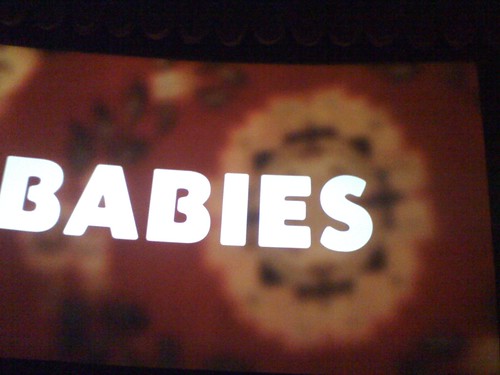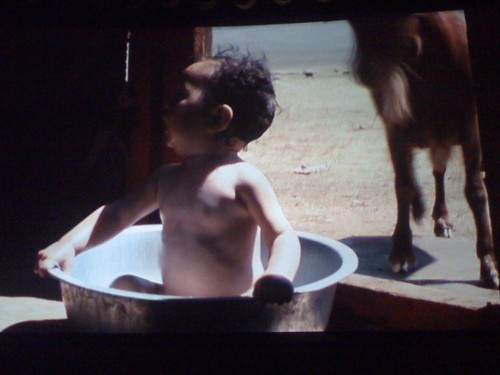
So tomorrow and Wednesday my school will administer the California High School Exit Exam (CAHSEE). In the past, there has been concern that some students have not taken the test “seriously.” Some of my past seniors, in fact, have retaken the test because they said they simply raced through it because it felt inconsequential (even though they need to pass it to officially graduate).
However, when I look at the work in my classroom and data from other measurements at the school, it’s pretty clear that many, many of the students have a lot of academic strides to make before they can pass the test. While participation and engagement may be part of the challenges our students face, quality instruction is probably most important.
Which is why the following excerpt from a faculty email is so problematic:
Every Student Who Passes a CAHSEE Test Earns a Prize as follows:
Proficient on Both Sections = iPad, IPod Touch, iPod Shuffle or $20 gift card
Proficient on 1 and Pass on Other Section = iPod Touch, iPod Shuffle, or $20 gift card
Pass on Both = iPod Shuffle or $20 gift card
Pass on 1 section = Gift Cards of $5-$20
Remember to tell your students a Pass Score is 350, and a Proficient Score is 380.
Additionally, another Small Learning Community (SLC) teacher emailed the following:
To [specific SLC] Teachers
Please remind our [SLC] 10th grade students that are taking the CAHSEE for the first time, and score proficient on both the math and english, they will receive $50.00.
They must score proficient on both tests. Also, we will raffle a pair of tickets to the Laker game February 22nd, as well as, other prizes for [SLC] students who show up both days and
show a sincere effort while taking the exam.
Hoping the best for all our students.
To me, it would be one thing to reward participation on the exam. However, when students are being rewarded (beyond intrinsic rewards) for passing the exam, it creates a false hierarchy on campus. My prediction: the students in the magnet academy, the NAI program, and a handful of students in AP & the honors tracks will clean up and get lots of rewards and the students that need the most academic support will feel deficient. There is some (problematic) support to the notion of paying students to get good grades. However, this differs significantly from performing on a single test over a two day period. We may be trying to reward diligence and participation, but the model looks–to me–like we’re instead penalizing struggling students for systemic poor teaching.















